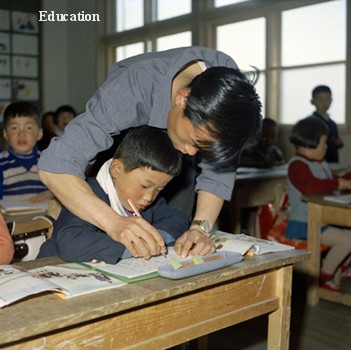A period of unprecedented population growth has seen substantial efforts both to produce more food and to ensure access to food for all people. Many developing countries have stepped up their food production through agriculture production, while national and international NGOs and donors continue to commit their resources for the production of agriculture in developing countries to ensure the access of food, particularly for the poor; ensuring adequate food availability and enhancing the stability of food supplies. Unfortunately, food is not reaching everyone.
Escalating the situation further is the fact that the world has been ravaged by continual disasters, including wars and natural disasters. Families who make up a majority of the world’s population have suffered and continue to suffer deeply from the loss of sources of subsistence, the delivery of basic services, and in many cases, the loss of their native homes and lands. As a result of these world affected disasters, the agriculture sector is one of those that has suffered tremendous hardship, thus leaving agriculture production in affected areas to drop to near starvation level.
The situation is even getting worse as the earth’s six billion inhabitants are expected to rise to nine billion by 2050. One of the main challenges that will face the humanitarian community in the next decades as we approach the year 2050 will be to feed the world. Farmers across the world-from peasants to the global and powerful agribusiness industry must gear up to meet the demands of this growing population.
To achieve the goal of producing enough food and preventing disaster affected people from starving, the humanitarian community must boost crop, meat, fish, fruit and grain production through farmers’ assistance program.
For some time to come the poorer countries of the world will have to rely on agriculture to raise their living standards and supply the capital they need to create industries. Agricultural production must therefore be increased. This requires tractors, fertilizers, new and better seeds, vast irrigation schemes, land reforms.
Aerial View of Floods in Pakistan's Sindh Province
It is based on these factors that Global Aid Direct has engaged into this activity to improve the agriculture sector by first providing an overview of immediate needs of affected people in food security, community development, self-sufficiency, and sustainability, and second, serves as an Integrated approach to helping people help themselves through agriculture production and sustaining economic development in their respective communities.
Implementation of our agriculture program revolves around two divergent aims:
- First, to facilitate universal access by households to those basic agriculture needs and resources identified as prioritized. The purpose is to address community needs and the needs of poor households in particular. The underlying factor is that of equity.
- Second, to stimulate a market system, enable farmers with surplus production as well as local traders to sell their commodities locally. The purpose is to stimulate the cash economy within the family sector to promote social and economic differentiation within the family sector. The underlying factor is that of economic growth in a cash economy, a factor which inevitably causes differentiation.
Copyright © 2011 Global Aid Direct. All Rights Reserved.
$5 saves a child. $10 educates him
Copyright © 2011 Global Aid Direct. All Rights Reserved.

Join discussions on our wall and be in the loop for info on FB
Tweet and follow us. News, emergencies and useful information
Connect with and promote our activities on goggle plus
Connect with Global Aid Direct on YouTube to view videos

Protecting Dignity, Providing Hope, Economic and Educational Opportunities.










